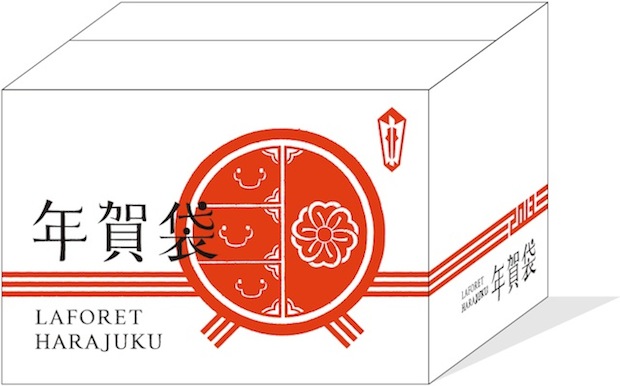New Year is fast approaching. Along with mochi cakes, a visit to a shrine at midnight, TV shows that go on for hours, and plenty of booze, Oshogatsu in Japan is defined by the delivery of a wad of postcards on the morning of January 1st.
Japanese people send out these Nengajo postcards to relatives, friends and business associates during December. These may be bulk-purchased cards or hand-written (and personally designed) ones, and usually they are guaranteed to arrive all together on New Year’s Day itself if sent in time (people typically post them all together).
Every year, though, the phenomenon of nengajo-banare (New Year card decline) is growing more severe amongst younger generation.
With the rise of mobile technology, the number of Nengajo delivered by the post office in Japan has been decreasing annually since 1998. For New Year’s Day on 2011, there was a drop of 7 million cards from the previous year.
How can this custom keep up in the digital age? What is so special about being able to receive a bunch of postcards on New Year’s Day — when you can instantly receive messages to your phone at any time with just the press of a touchscreen button?

Previously there have been digital Nengajo services offered by SNS like mixi, but the physicality of the custom is surely part of its charm.
Customizing an email or digital message is much easier than, say, taking the trouble to write out by hand several dozen cards, especially if done “properly” with a calligraphic brush and personalized message for each recipient. A compromise is to create your Nengajo online and then print them out, saving you hand cramp, but still retaining the joy of being able to dispatch actual cards.
As one solution to the problem of nengajo-banare, Harajuku department store Laforet has started a new service, “Nengabukuro”, a kind of amalgamation of Nengajo cards and Fukubukuro “lucky bags”, the random sets of items sold by stores every New Year that should in theory be worth more than the flat rate (and sometimes they are worth much, much more) — though you don’t know what you will get till you open it.
The idea is that you give this Nengabukuro “bag” to someone as a gift that serves also as a New Year greeting card. In typical Japanese style, there is wordplay at work here — “fuku” can mean “luck” but it can also mean “clothes” when written with a different Kanji character.
This is interesting because Fukubukuro are usually a selfish purchase; a shopper tends to buy them just for him or herself. Laforet is suggesting that instead they can make a great New Year present AND a symbol of greeting for that special someone.
The Nengabukuro apparel lucky bags will be on sale from December 20th to January 3rd at Laforet, complete with a message card in which you can write a proper New Year’s greeting to the recipient. The staff can then wrap the lucky bag and send it in the same visual style as a Nengajo postcard. If you purchase yours before December 26th it should arrive by the 1st.
Rumors of the demise of Nengajo might, however, merely be exaggerated at this point. The post office is expecting to print over 3.6 billion cards this year, so likely the tradition, whether Nengabukuro are a hit or not, will still be around for some years yet.




















